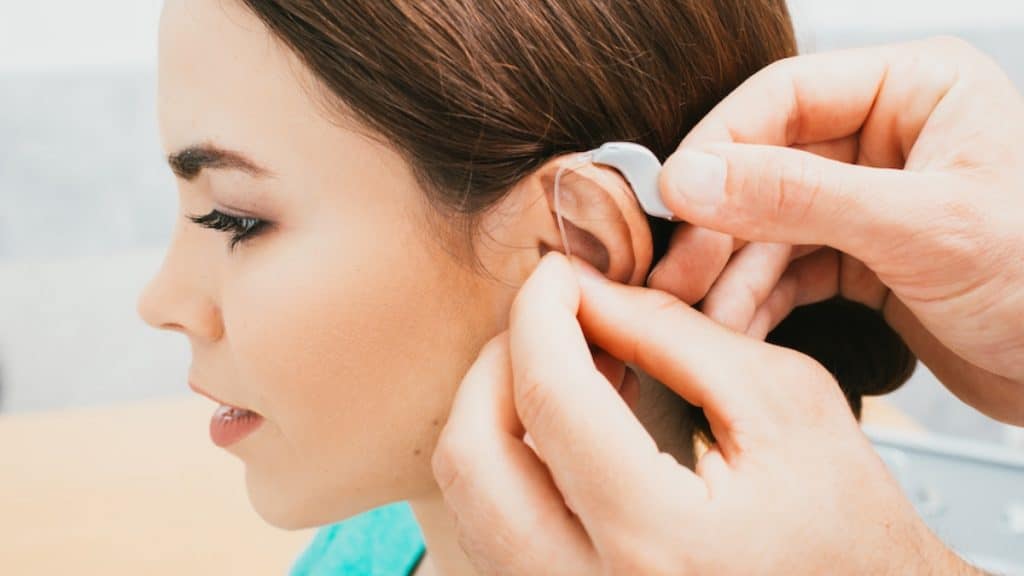In our daily quest for sustainable living, even seemingly small choices can make a big difference. Today, let’s delve into an unexpected but crucial aspect of our health tech – hearing aids. The decision between rechargeable and disposable hearing aids goes beyond personal preference; it has a significant impact on our planet. Join us as we explore the environmental footprint of these devices and how your hearing aid choice can contribute to a greener future.
Exploring the Environmental Impact of Disposable Hearing Aids
Disposable hearing aids, while convenient, come at an environmental cost. The batteries they rely on often end up in landfills, posing a threat to the ecosystem. Electronic waste from disposed hearing aids contributes to pollution, emphasizing the need for a more sustainable alternative.
The Rise of Rechargeables: A Greener Alternative
Enter rechargeable hearing aids – a greener, more eco-friendly solution. By eliminating the need for disposable batteries, these devices help curb the environmental impact associated with electronic waste. As we aim for a more sustainable future, rechargeable hearing aids are emerging as a responsible choice for conscious consumers. Check out Hear Clear to see a range of rechargeable hearing aids that can last most of the day.
Comparing Energy Consumption
The production and disposal of disposable hearing aid batteries involve significant energy consumption. Contrastingly, rechargeable batteries, although requiring energy for manufacturing, prove more efficient and environmentally friendly over the long run. Choosing rechargeable hearing aids is not just a lifestyle choice; it’s a statement for sustainable living.
Life Cycle Analysis
Let’s take a closer look at the life cycle of both disposable and rechargeable hearing aids. From production to usage and disposal, rechargeable hearing aids demonstrate a lower overall environmental impact. Considering the full life cycle provides a holistic perspective on how our choices contribute to the health of our planet.
Tips for Sustainable Hearing Aid Use
How can you, as a user, contribute to sustainability? Proper disposal of hearing aid batteries, choosing eco-friendly accessories, and recycling options are simple yet impactful steps. By incorporating these practices into your routine, you actively participate in minimizing the environmental impact of your hearing aid use.
Tips for Cleaning Your Hearing Aids
You want to ensure that your hearing aids are maintained. This ensures the best performance and improves longevity. Think about how often you change your clothes. You’re wearing them all day and they get dirty. Well, the same principle applies to hearing aids. You’re going to be wearing them for many hours each day, and they’re in your ears. So, regular cleaning is imperative. But, cleaning doesn’t have to be complicated. Here are some simple tips to keep your devices in the best condition.
Always Wash Your Hands
First, when you’re handling your hearing aids, always ensure your hands are clean. Often, there are oils on your hands, as well as the possibility of dirty. This is something you don’t want to transfer to your ears or hearing aids. So, make sure you get into the habit of washing your hands before touching them.
Inspect for Earwax and Debris
Using your hearing aids every day means they will get dirty. In particular, you want to ensure that no earwax gets lodged into the device. Inspect the openings, tubing and any small areas of the hearing aid. You can also detach the earpieces if they can be removed from the device to clean them properly.
Use Soft Brushes
Something you don’t want to do is be too harsh with your hearing aid. If you have earwax or debris on them, use soft brushes to get them off. This can help to gently scrape anything off and to clean the device. It might be possible to use mild soap on the earpiece. But, if you’re not sure about this, don’t risk it. Instead, you can ask the brand for tips if you’re struggling to clean areas.
Store in a Case
Once you’re finished cleaning your hearing aids and you’re storing them for the night, always use a case. It can be tempting just to place them on your side table or somewhere easy to grab. But, this can allow dust and dirt to settle on them. Instead, use a case if you’ve been provided with one or there are cheap ones you can purchase.
Conclusion
In conclusion, the environmental impact of our hearing aid choices is a conversation worth having. As we consider the long-term consequences of our decisions, the switch to rechargeable hearing aids emerges as a simple yet impactful step towards a more sustainable future. Let’s continue to make choices that resonate with the well-being of both ourselves and the planet.
